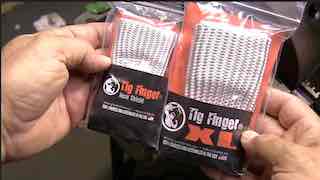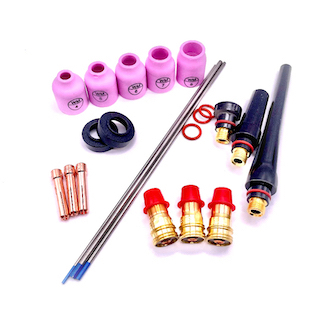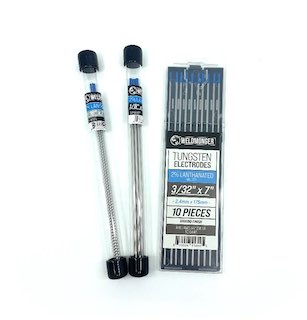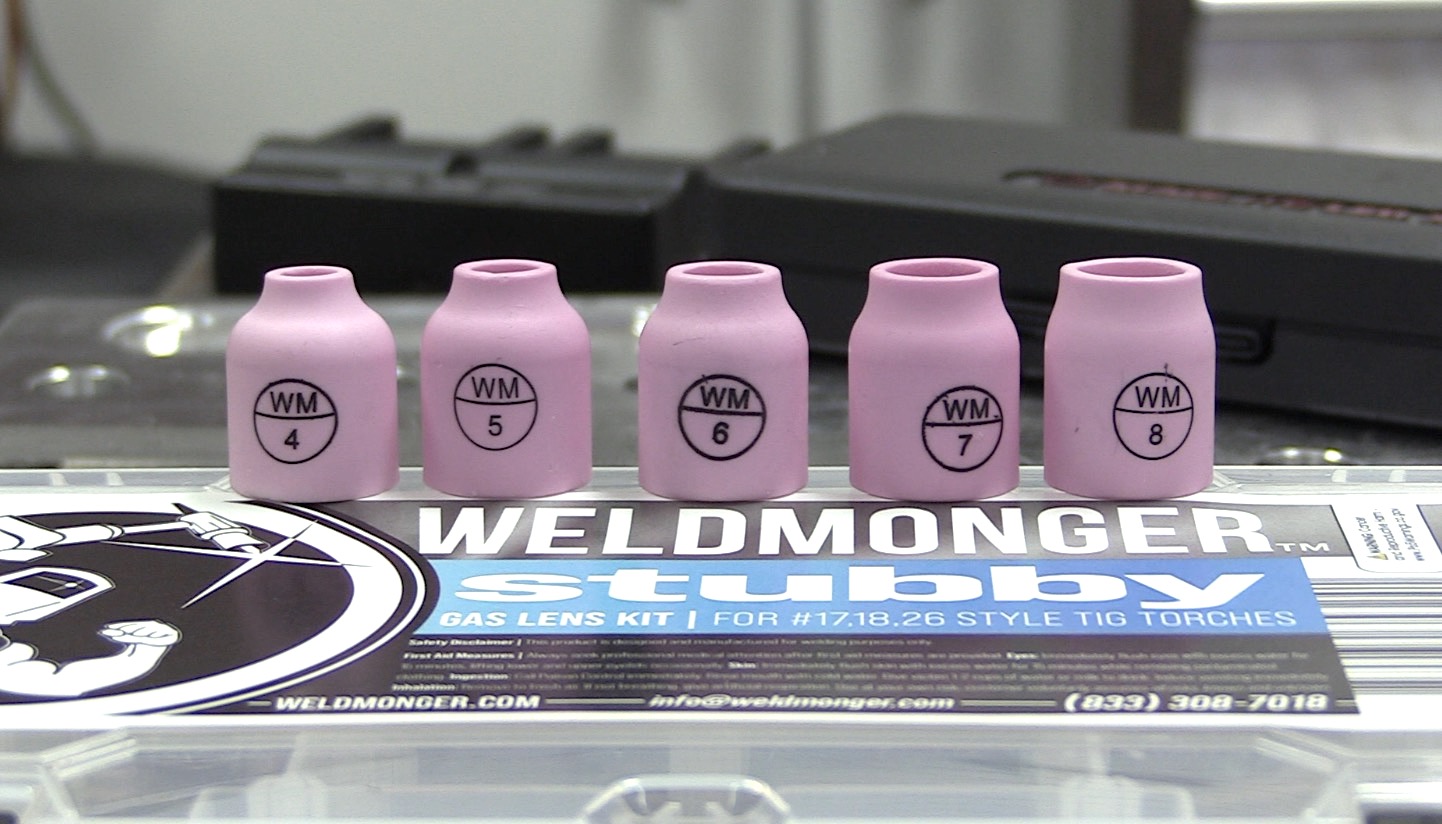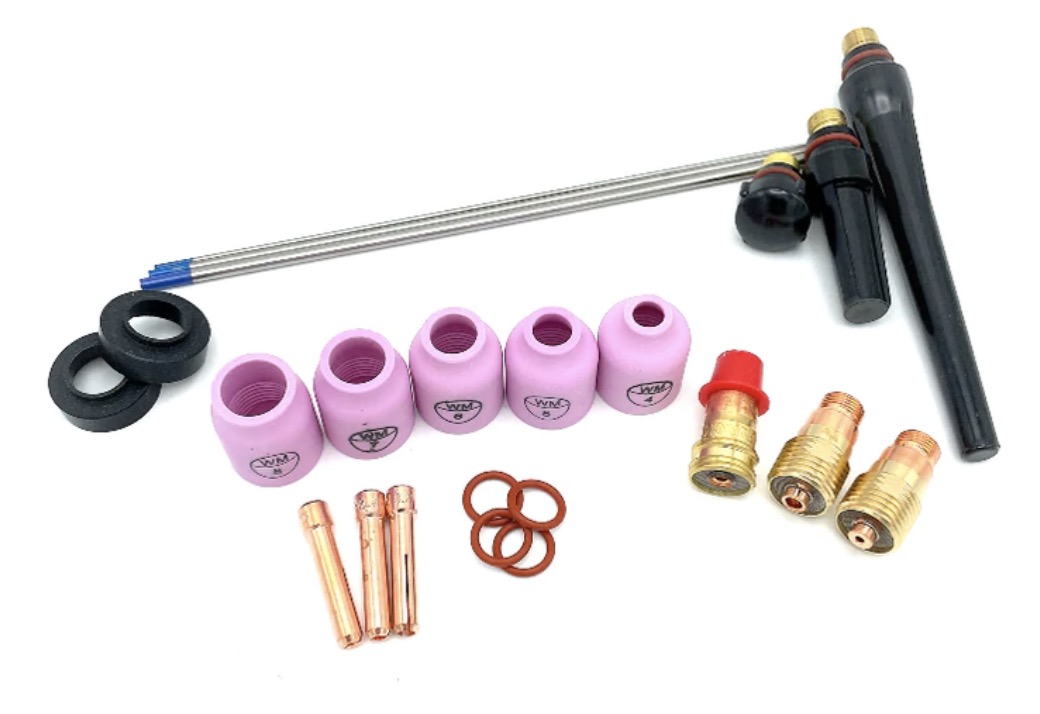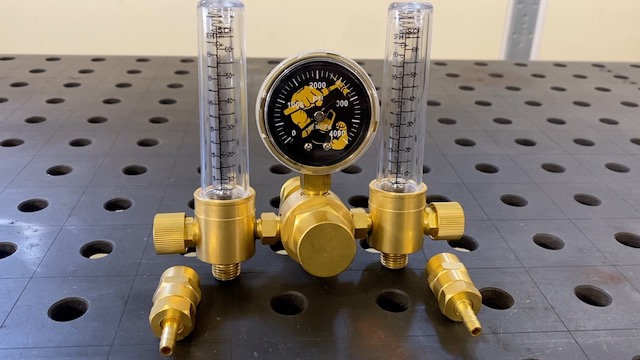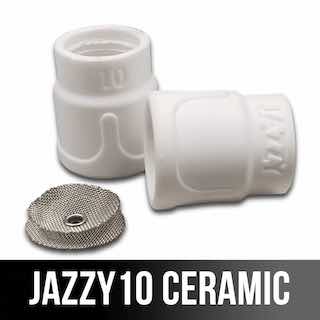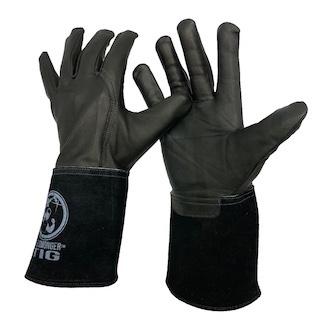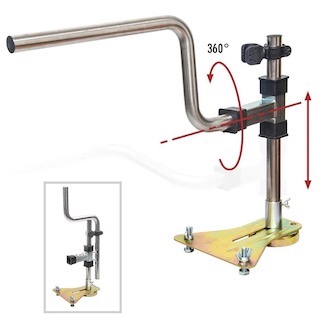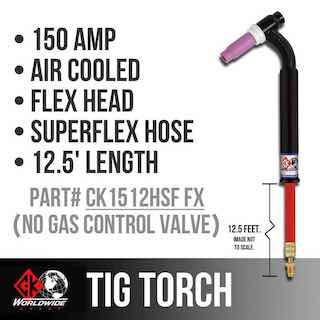Padding Weld Beads - The #1 Drill to Level Up Your Welding!
Building Welding Skills Through Padding: The Key to Muscle Memory & Cost Savings on metal.
For welding students, the path to proficiency and laying down clean, consistent weld beads starts with one fundamental exercise:
Padding weld beads
While padding weld beads may seem repetitive and monotonous, this essential skill drill not only builds muscle memory and hand control but also saves on material costs, making it a valuable practice for students attending welding school.
What is Padding?
Padding weld beads is the process of laying down multiple overlapping weld beads on a single piece of metal, often in a controlled pattern, such as:
✔ Straight beads (stringers)
✔ Weaving patterns
✔ Layered stacks
By repeatedly running beads in a controlled and in a very intentional manner, students develop the control, consistency, and technique needed for real-world welding applications like building up worn areas, stacking beads on multiple pass fillet welds, 2g position pipe welds, and many more applications.
But just like any other skill drill, padding weld beads must be done with intention.
Just welding beads without any objective or goal in mind won't help your skills much.
How Padding weld beads Develops Muscle Memory
1. Teaches Arc Length Control
Maintaining a consistent arc length is fundamental for uniform bead appearance and penetration. Padding allows students to focus on keeping a steady arc without worrying about joint fit-up.
2. Improves Hand-Eye Coordination
Precise hand movements are needed to keep a uniform bead width and travel speed. Repetitive practice builds muscle memory, making it second nature to move the torch or electrode at the right pace.
3. Reinforces Travel Speed & Angle
Padding helps students find the sweet spot for travel speed and torch/electrode angles, leading to smoother, more even welds.
4. Builds Confidence Before Moving to Joints
Before tackling structural joints, students need to master bead control. Padding gives them the chance to dial in their technique before moving on to more complex welds.
Cost Savings for Welding Schools
Welding programs can be expensive, especially when students waste metal on poorly executed welds. Padding helps schools reduce costs in several ways:
1. Minimizes Metal Usage
Instead of cutting and preparing new plates for each student, a single plate can be used multiple times for padding exercises, drastically reducing material waste.
2. Reduces Grinding & Cutting Time
Practicing on scrap plates means less time spent on setup, cutting, and beveling new coupons, allowing students to focus on actual welding rather than prep work.
3. Lowers Consumable Costs
Since padding focuses on repetition and technique, it minimizes wire, electrode, and shielding gas waste compared to full joint preparation.
4. Speeds Up Learning
A student who spends hours padding will progress faster than one who jumps straight into joint welding without proper control. This means fewer failed welds and less wasted material.
Best Practices for Padding Exercises
✔ Use scrap metal or reusable practice plates
✔ Start with stringer beads before moving to weave patterns
✔ Focus on travel speed, arc length, and bead consistency
✔ Use different positions (flat, horizontal, vertical, overhead)
✔ Inspect and critique bead profiles for improvement
Padding weld beads may not seem exciting, but it’s one of the most effective ways for new welders to build skill, develop muscle memory, and minimize material waste.
Padding weld beads can be done with any welding process and with any metal type..
stick welding, mig welding, tig welding, flux core welding
carbon steel, stainless, and aluminum, and others.
By incorporating padding drills into training programs, welding schools can create more skilled welders while reducing overall costs—a win-win for both students and instructors.
Your second block of text...



